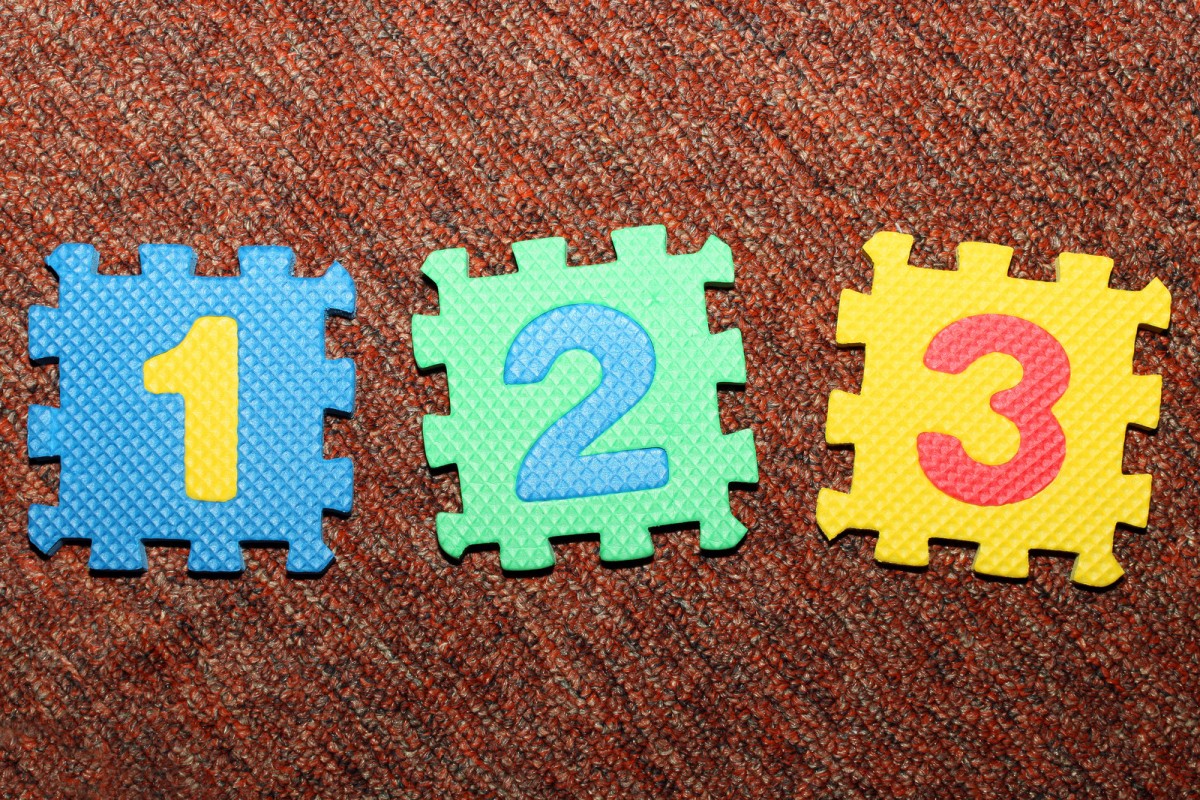12 September 2014
Every kind of citation follows a basic pattern: 1, 2, 3. We identify (1) the creator, (2) the item, then (3) access information.

-
If it's a book: we cite the author, then the title, then the access info (publication data—i.e., place & date).
-
If it's a website: we cite the author/creator, the title, then the access info (publication data—i.e., place/URL & date).
-
If it's a manuscript: we cite the author, then the title (or an ID of our own creation if it is an untitled manuscript), then the access info (physical location).
-
If it's a photograph or artwork: we cite the creator, the ID of the item, then the access info (physical location)
If it's an individual article or item at a website by someone other than the website creator: we cite
- the creator and the item ID for the individual item and the website.
When multiple creators and titles are involved, the order in which we cite them will depend upon where we place our emphasis. For example, if the website is used frequently in our research, with many different items cited, practicality calls for using the website as the Source List Entry, then adding the individual item at each repeat.1
Simple? Yes!
1. For more on the arrangement of elements in more-complex web citations, see "QuickLesson 19: Layered Citations Work Like Layered Clothing," Evidence Explained: Historical Analysis, Citation & Source Usage (https://www.evidenceexplained.com/content/quicklesson-19-layered-citations-work-layered-clothing : posted 6 September 2014).
PHOTO CREDIT: "Number 1, 2, 3, on Carpet," CanStockPhoto (http://www.canstockphoto.com/number-1-2-3-on-carpet-6155604.html : accessed 8 September 2014), used under license.